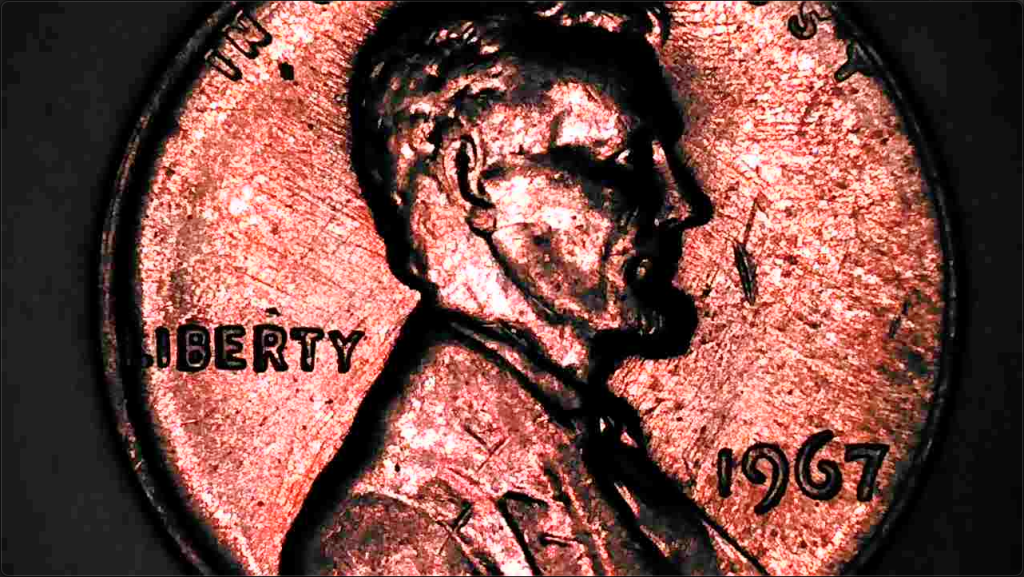How To Tell Die Polish Lines From Hairline Scratches
If you’re trying to spot cleaned coins, you’re going to run into a lot of confusing lines under the microscope. Not all of them are signs of damage.
One of the most common points of confusion is the difference between hairline scratches from cleaning and die polish lines that are part of the original coin design process. They can look almost identical at a glance, especially to new collectors.
This post will help you tell the difference.
We’ve already covered how to spot hairline scratches from cleaning in detail. Now let’s look at what polish lines are, why they show up, and how to tell them apart from damage.

How to Spot Die Polish Lines
Die polish lines are created when the Mint tries to extend the life of a worn die by giving it a quick buffing before striking more coins. This leaves behind fine, straight lines in the die itself, which then get transferred to the coins it strikes. These lines appear raised on the coin, even though lighting can sometimes make them look like scratches cut into the surface.
You’ll usually find die polish lines in the open fields or on flat areas like Lincoln’s shoulder. When the light catches them, they stand out as sharp, controlled, and mostly parallel. In the image above, you can clearly see them around the date and bust. That uniformity is your clue, they were made with purpose.
Quick Term: Incuse
Incuse — A design element that is sunken into the coin’s surface, rather than raised. The opposite of “relief.”
Why It Matters for Collectors
Die polish lines are completely normal and not a sign of damage or cleaning. In fact, their presence can be reassuring when you’re evaluating a coin. They confirm that the surface you’re looking at came from the Mint, not from someone trying to fix or alter the coin later.
That said, it’s easy to get confused. Collectors new to grading often mistake die polish for hairline scratches or signs of cleaning, especially under high magnification. Knowing how to recognize the difference helps you avoid bad calls and helps you learn what real Mint surfaces should look like.
Wrapping It Up
Die polish lines are just part of the coin-making process. Once you know what to look for, they’re easy to recognize and they’ll save you from second-guessing a good coin. They’re not damage. They’re not cleaning. They’re just one more clue that the coin in your hand is exactly how the Mint left it.
Keep learning, keep comparing, and over time these small details will stop being confusing and start becoming second nature.
